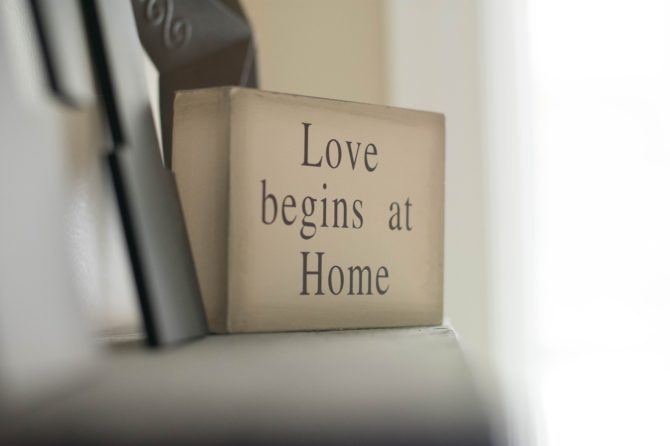
How to Care for Your Feet at Home
Right now, a staggering amount of people across the globe are tucked away in their houses as we all keep our distance to protect our health. But being stuck inside can mean not going out for regular care appointments like those that would help you take care of your feet. So, the FAAWC would like to help. If you’re stuck at home and dealing with a foot or ankle problem, try these at-home care steps to help.
RICE for Injuries
RICE—aka. rest, ice, compression, elevation—is the first at-home step for sudden foot or ankle injuries. Twist your ankle coming down the stairs? Feeling foot pain after your ramped-up workouts? The very first thing to do is remove weight or strain from the affected area. You can then wrap or use a compression sock to keep swelling down. This is also helped by elevating the area above the level of the heart and using ice to calm inflammation. Read more to discover when it’s time to call the podiatrist after trying RICE.
Diabetic Foot Self-Exam
If you are diabetic or have reduced circulation or feeling in your feet, you should be performing a daily, at-home exam of your feet to head off any problems that might appear. A small cut on a diabetic’s foot can easily get infected and turn into a larger issue, such as a diabetic ulcer. A self-exam is quick and easy. Read about it here and call the FAAWC if you have questions or see something concerning.
Ankle Instability
Whether you’ve just sprained your ankle for the first time or the tenth, you may benefit from wearing an ankle brack to help with instability. The FAAWC can help you choose the right ankle brace from our collection of styles and brands. An ankle brace is a great way to keep your unstable ankle upright without needing to see the foot doctor. Learn about ankle bracing trends here.
Heel Pain
If you have heel pain first thing in the morning, you may be suffering from plantar fasciitis. Managing this condition carefully with the help of a podiatrist is ideal. You can complete a telemedicine visit with our providers who can help identify your condition and help with at-home care. The most important thing to remember is to wear shoes at all times when sitting, standing, or walking around at home. For more plantar fasciitis solutions, arrange a telemedicine visit with your FAAWC provider.
Running Shoes & Technique
Being stuck at home has encouraged many people to be more active and go for walks or runs in their neighborhood. But poor running shoes or a poor technique can turn this joyous escape into a nightmare of foot and ankle injuries. Be sure to stretch thoroughly before every walk or run. Wear proper footwear and be conscious of replacing shoes after about 300-400 miles. A good rule of thumb is to check the bottom tread for signs of heavy wear. The wear pattern can also tell you about your technique and what part of your foot you use most. Learn more here!
At-Home Stretching
If you were to only do one thing for your feet while stuck at home, the FAAWC encourages you to stretch. Stretching and moving your feet and ankles can keep things strong and healthy. Concentrate on the calf muscle and Achilles tendon, both of which can cause pain if they get too tight. Slow ankle circles and toe exercises can keep things circulating and improve balance and dexterity. Learn more about stretching at home.
Being at home has us all a bit stir crazy, but don’t let it get to your feet. Instead, use these at-home tips and stay tuned for more tips—this time in video form!—from our providers. Until then, be safe and take care (of your feet).
Leave a reply